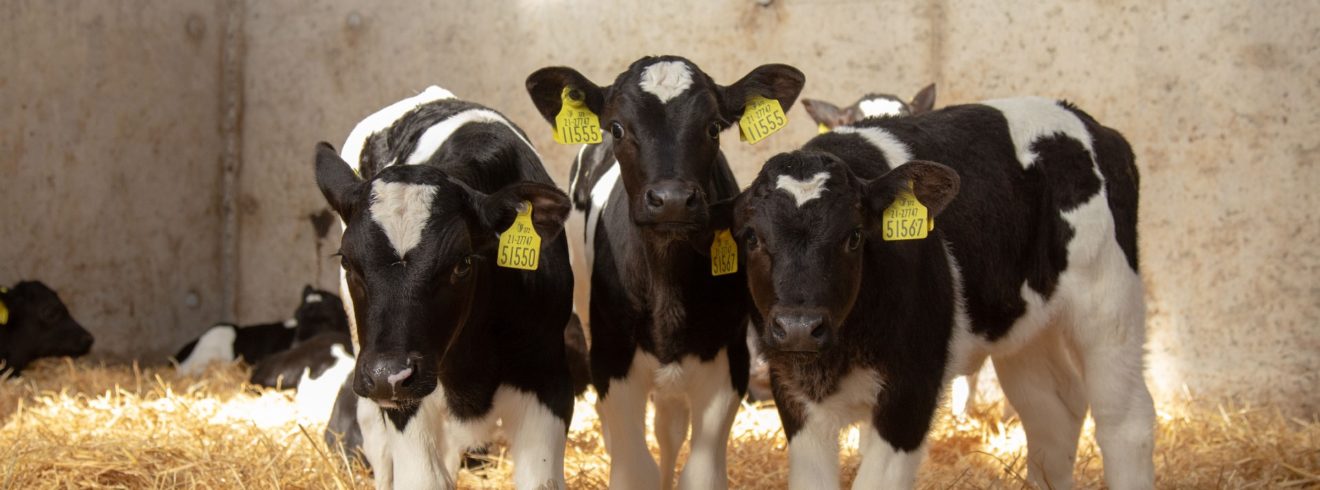Here is some timely advice on calf management and rearing. Think CALVES when you’re managing your your young stock.
Calving time is the busiest time of the year on a dairy farm. The calves’ management in the first weeks and months of life will have a significant impact on both their lifetime production and on the long-term profitability of the dairy herd. Here are our 6 ‘CALVES’ tips for this year’s calving season.
| Colostrum | The first feed is vital to ensure healthy, thriving calves are produced on farm. The 1-2-3 rule is an integral component of this: 1. From the first milking of the cow 2. Within the first 2 hours of birth 3. 3 litres in a single feed Only warm water should be used to mix milk powders. Never use boiling water, as this can corrupt the proteins in milk powders. |
| Access | Access to clean, fresh water and concentrates, along with hay or clean straw to act as forage, are key elements in early development of the calf’s rumen. |
| Lime | Use lime to disinfect all calving boxes and group calf pens. The bedding in these pens is usually the first point of contact for the calf, so ensure the pens are cleaned, disinfected and re-bedded as often as possible to minimize the risk of disease outbreak on the farm. |
| Ventilation | All calf sheds require adequate ventilation without draughts in order to reduce the risk of pneumonia. |
| Energy | In order to optimize the growth rates of the young stock, ensure they are provided with highly palatable, high energised feeds such as GAIN Start a calf. |
| Scour | Calf scour is considered to be the main threat to calf health. Keep any scouring calves separate from the group to prevent the spread of infection to healthy animals. Rehydrate the calf by giving them one or two extra feeds of a good quality rehydration electrolytes in addition to their usual milk feeds. |

